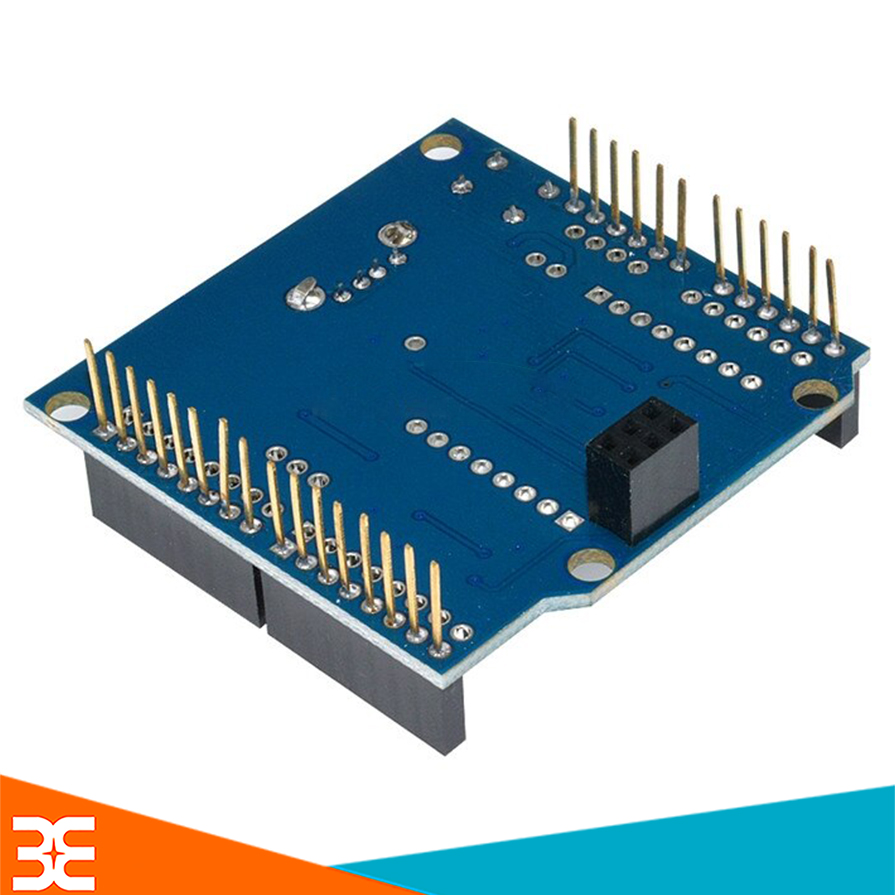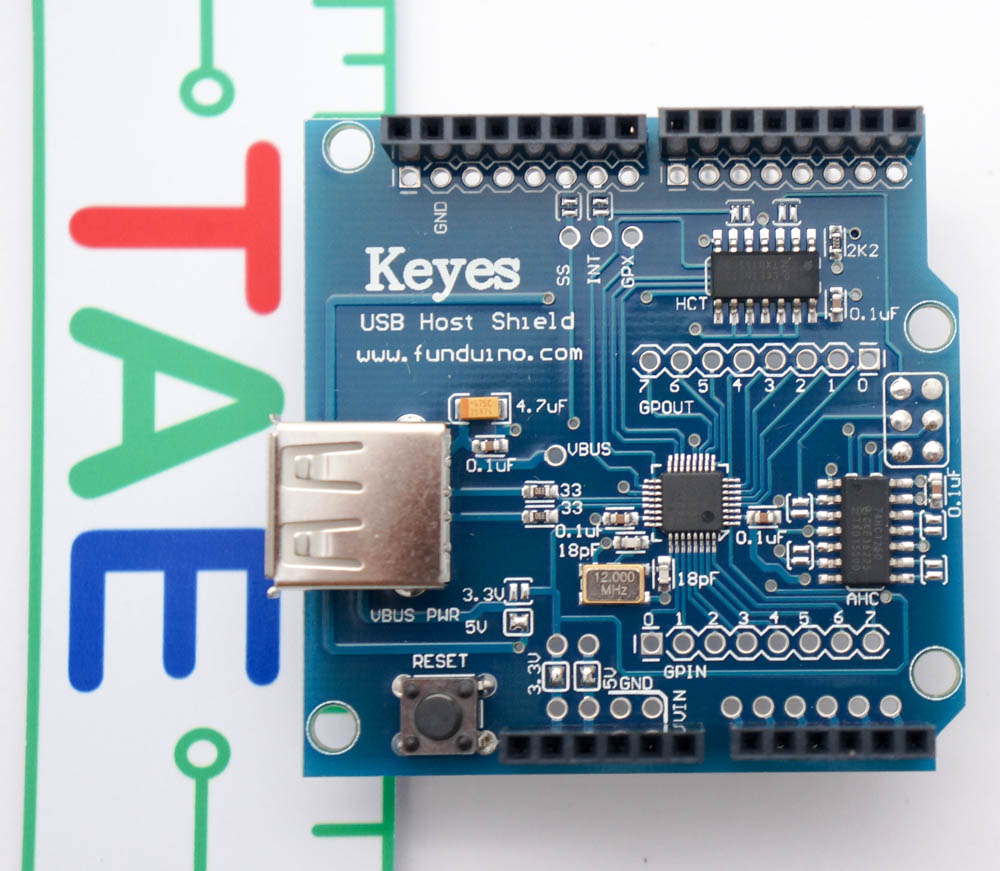



if the mouse cursor position jumps, wait 3 minutes to stabilize or try to reboot the computer (it is partially software fixed, but it is a hardware problem).Devices not connecting through hub, try connect external power 5V / 2A to Arduino DUE or USB HUB.Arduino DUE USB host not start, try reset Arduino DUE.Serial speed between Arduino DUE and Arduino Micro is 115200 Baud rate and 4bytes per reading. It has 54 digital input/output pins (of which 12 can be used as PWM outputs), 12 analog inputs, 4 UARTs (hardware serial ports), a 84 MHz clock, an USB OTG capable connection, 2 DAC (digital to analog), 2 TWI, a power jack, an SPI. ScrollLock = switching from actual device to next in loop The Arduino Due is a microcontroller board based on the Atmel SAM3X8E ARM Cortex-M3 CPU.It is the first Arduino board based on a 32-bit ARM core microcontroller. The Arduino Due is a microcontroller board based on the Atmel SAM3X8E ARM Cortex-M3 CPU.It is the first Arduino board based on a 32-bit ARM core microcontroller.This project has gliches and is repleaced by newer Project status: Testing. It is using HID RAW readings (and if you have a mouse not working, the solution is to map raw data from the mouse in source code, because I tested only 4 mouses and each has different RAW data and sensitivity). Main software Library is UHS30 (Pre-release of USB Host Library version 3.0). The configuration is set to support 4 HID devices in 1 hub (but I recommend only one Keyboard and Mouse, not for example: 2 Keyboards with 2 Mouses, but in many cases it will work). Arduino KM (Keyboard + Mouse) Switch version 2.0 is now using USB Host Shield with MAX3421E, using Arduino DUE for better performance, it has 4 Hardware Serial Bus connected with Arduino Micro (Leonardo ATMEGA32U4).


 0 kommentar(er)
0 kommentar(er)
